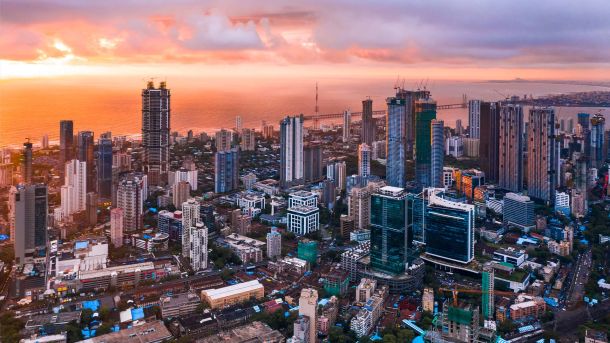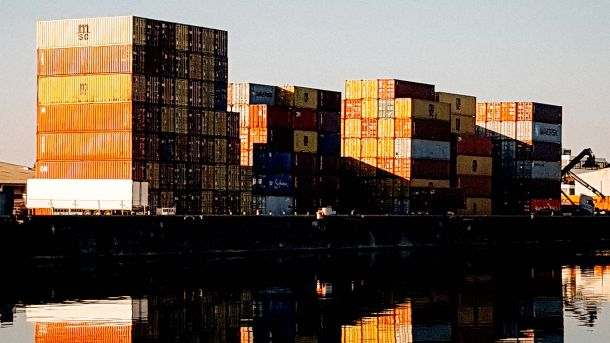In USD terms, foreign reserves also saw a marginal decline in July compared to the previous month. The Reserve Bank continued purchasing US Dollars on the open market to bolster South Africa’s international liquidity amidst ongoing global market uncertainties. This strategy is also influenced by the upcoming expiry of trade tariff exemptions linked to “Liberation Day,” which were due to expire on 7 August 2025. At that point, 30% tariffs on South African exports to the US would be implemented.
Key commodities such as gold, oil, platinum, and coal offer valuable insights into South Africa’s mining sector and inflation outlook. These trends will be critical in assessing inflation prospects, considering international developments and potential trade restrictions with the US following the August tariff measures.
Monitoring these movements is vital, as inflation expectations will influence the South African Reserve Bank’s (SARB) interest rate decisions later in 2025. A stable Rand and lower oil prices support more favourable inflation forecasts. However, ongoing global geopolitical tensions and potential changes to trade agreements, such as the African Growth and Opportunity Act (AGOA), could result in market volatility.
With recent US tariffs and the Federal Reserve holding interest rates steady again in July 2025, the Rand is likely to experience continued volatility in the short term, impacting both international markets and South Africa’s economic outlook for the remainder of 2025.





